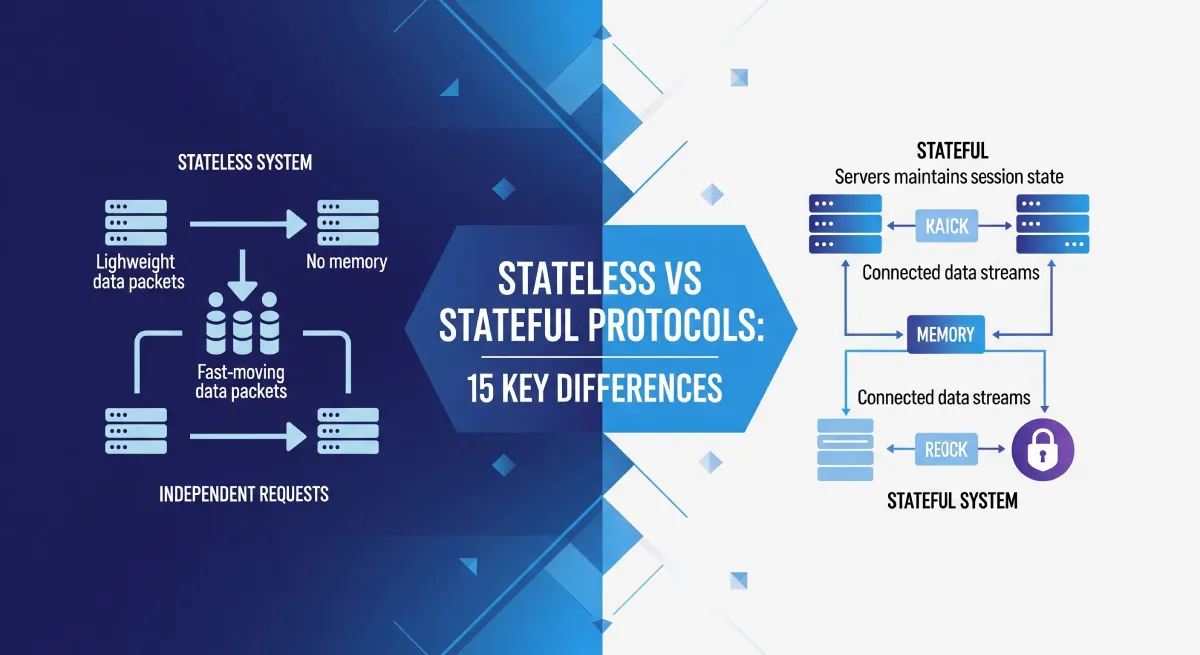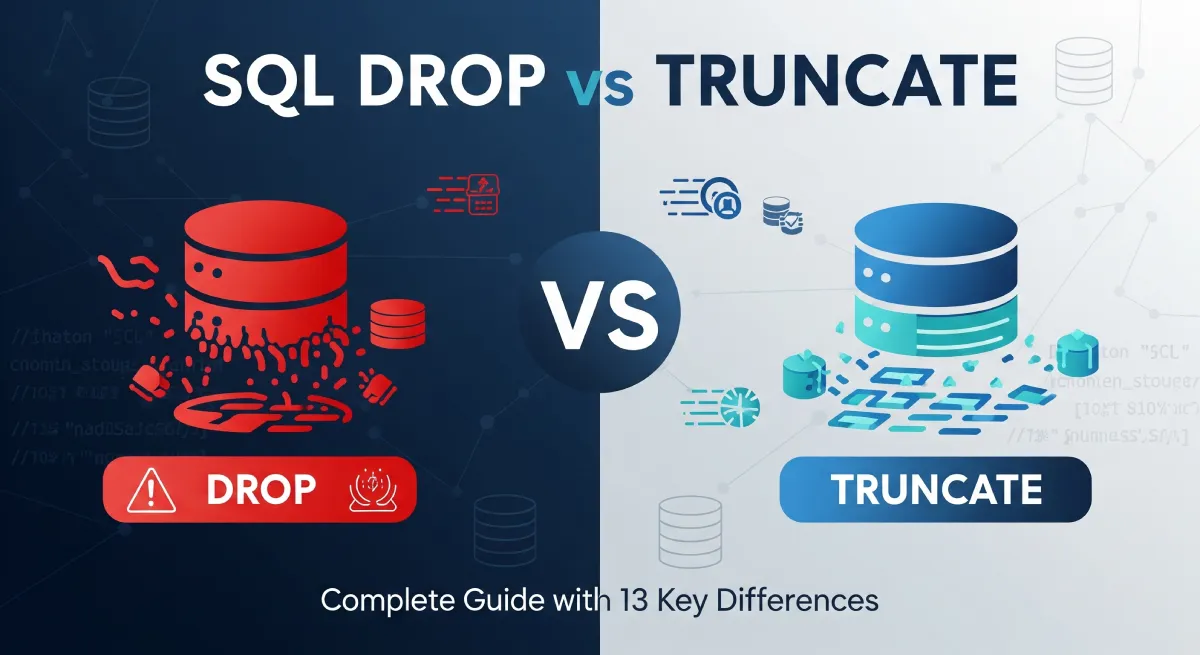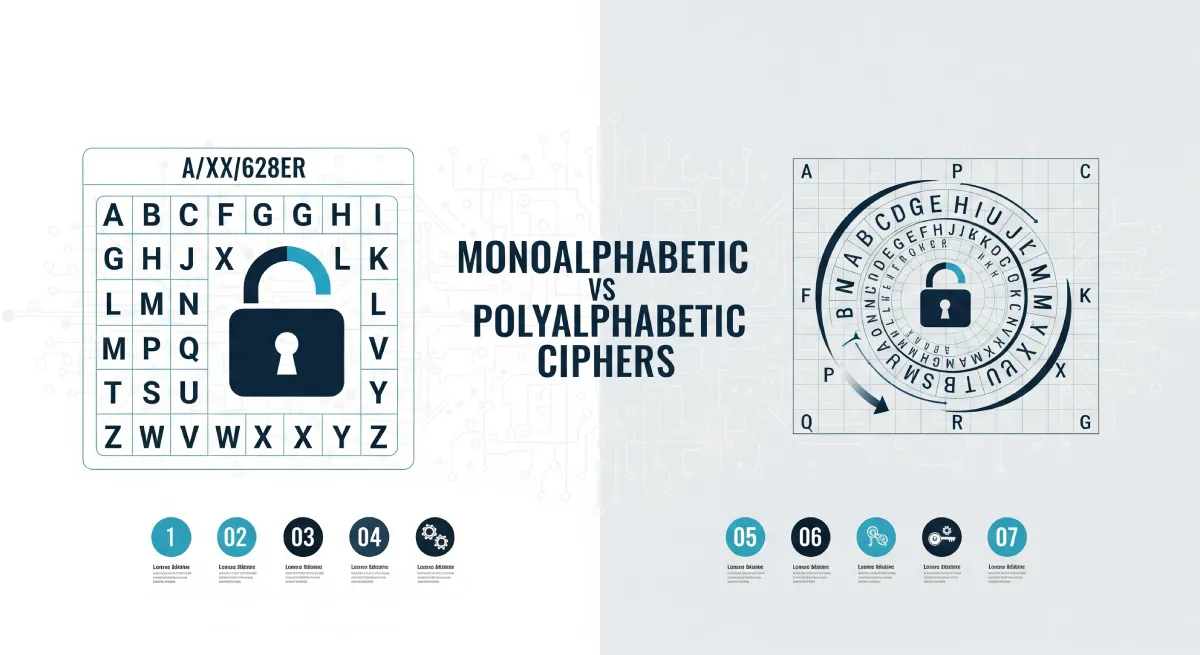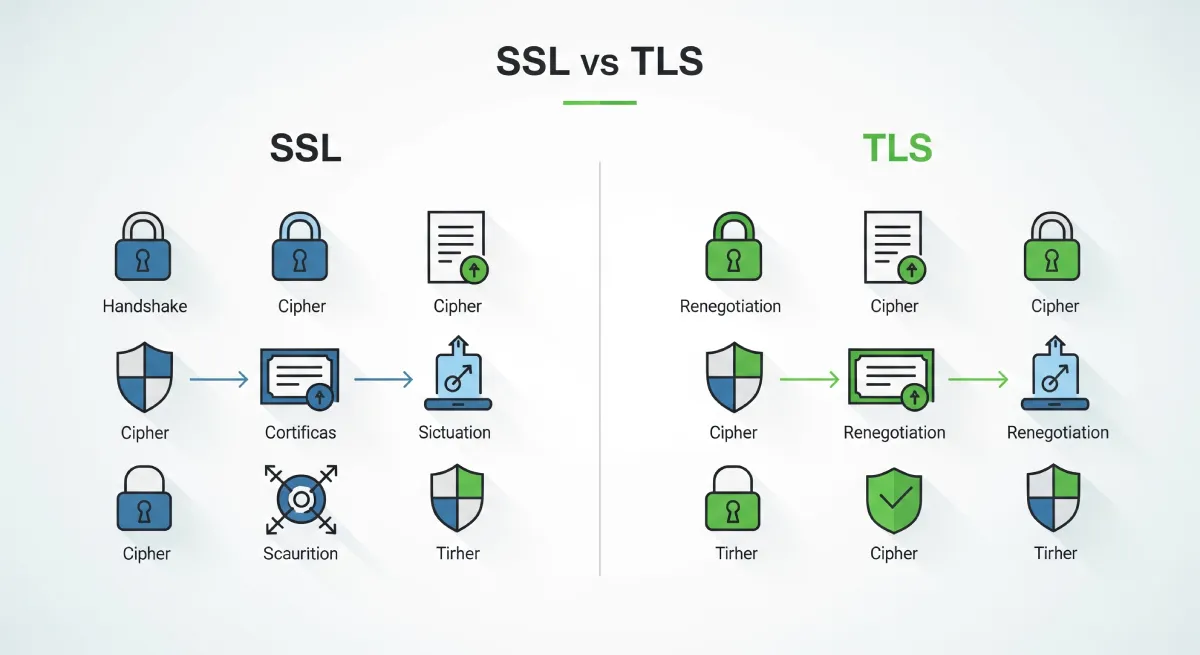In the ever-evolving landscape of web development, understanding the nuances between XML (eXtensible Markup Language) and HTML (HyperText Markup Language) is paramount. These two markup languages serve distinct purposes, and a comprehensive grasp of their differences is crucial for anyone navigating the digital realm.
XML vs. HTML: An In-Depth Comparison
Origins and Purpose
XML:
Born out of the need for a versatile data interchange format, XML emerged in the late 20th century. Its primary purpose is to facilitate the storage and transportation of structured data in a readable format.
HTML:
In contrast, HTML has been a foundational language since the early days of the World Wide Web. It is specifically designed for creating and structuring web content, focusing on how information is displayed on browsers.
Structure and Tags
XML:
The hallmark of XML lies in its flexibility. It allows users to define their own tags, making it suitable for a wide range of applications where a custom structure is necessary.
HTML:
HTML, on the other hand, follows a predefined structure with tags that dictate the visual presentation of content on the web. The tags are fixed and are designed to display information in a standardized manner.
Data Representation
XML:
XML shines in scenarios where the representation of data with a semantic meaning is crucial. It serves as a robust choice for storing and exchanging structured information between disparate systems.
HTML:
HTML, being focused on the presentation layer, excels in displaying content on web browsers. It is not geared towards storing or exchanging data with the same semantic depth as XML.
Extensibility
XML:
One of XML’s strengths lies in its extensibility. Users can define and create their own tags and attributes, making it adaptable to a wide array of data structures.
HTML:
HTML, while flexible within its intended use, has limited extensibility. It is optimized for creating web pages, and its structure is inherently tied to the visual representation of content.
Validation
XML:
XML provides robust validation mechanisms through Document Type Definitions (DTD) and XML Schema. This ensures the integrity and conformity of the data structure.
HTML:
HTML’s validation process is more lenient, designed to accommodate variations. This flexibility allows browsers to render web pages even with minor errors in the code.
Semantic Nature
XML:
XML is inherently semantic, emphasizing the meaning behind the data. It is ideal for applications where the precise interpretation of information is crucial.
HTML:
HTML’s primary focus is on the visual display of content. While it has some semantic elements, its main goal is to structure information for web browsers.
Use Cases
XML:
XML finds its application in scenarios demanding structured data storage, configuration files, and communication between different software applications.
HTML:
HTML is the cornerstone of web development, used extensively for creating interactive and visually appealing web pages.
Browser Rendering
Both XML and HTML are interpreted by web browsers, but their rendering processes differ. While HTML is rendered visually, XML’s display is often processed through custom applications or stylesheets.
Flexibility vs. Strictness
XML:
XML’s flexibility allows users to define their own rules, making it suitable for diverse data structures and applications.
HTML:
HTML’s strictness ensures consistency in the visual representation of content across different browsers, making it an ideal choice for web development.
Adoption in Industry
XML:
Industries such as finance, healthcare, and data exchange protocols heavily rely on XML for its robust data representation capabilities.
HTML:
HTML is universally adopted across industries for creating web pages, making it an integral part of the internet’s foundation.
Learning Curve
XML:
While powerful, XML has a steeper learning curve, requiring users to understand its syntax and validation mechanisms.
HTML:
HTML is beginner-friendly, making it accessible for those new to web development. Its simplicity facilitates quick learning and implementation.
Document Size and Readability
XML:
XML documents can be larger due to their extensibility, making them suitable for complex data structures.
HTML:
HTML’s concise structure ensures smaller document sizes, enhancing readability and loading speed on web browsers.
Updates and Versions
XML:
XML has seen fewer updates over time, with its core principles remaining consistent across versions.
HTML:
HTML has evolved through various versions, each introducing new features and improvements to cater to the dynamic nature of web development.
Key Difference between XML and HTML
XML | HTML |
|---|---|
| Stands for eXtensible Markup Language | Stands for Hyper Text Markup Language. |
| It is dynamic because it is used to transport data. | It is static because it is used to display data. |
| It provides a framework to define markup languages. | It is a markup language. |
| XML is content driven | HTML is format driven |
| XML is case sensitive. | HTML is not case sensitive. |
| User defined tags. | Predefined tags are used. |
| Coding errors are not allowed. | Small errors are ignored. |
| XML is used to transport and store data. | HTML is used to display data. |
| XML preserve whitespaces. | Does not preserve whitespaces. |
| Closing tags are essential in a well-formed XML document. | Closing tags are not necessary. |
| XML provides support for namespaces. | HTML does not support the concept of namespaces. |
| In XML, Tags are extensible. | In HTML, Tags are limited. |
| XML provides structural details. | Does not provides structural details. |
| Objects are expressed by conventions with the help of attributes and elements. | HTML offers native object support. |
| Emphasis on semantic data representation | Focus on visual content display |
| Highly extensible with custom tags and attributes | Limited extensibility within its defined structure |
| Validation through DTD and XML Schema | More lenient validation process |
| Semantic data representation | Emphasis on visual content structure |
| Data storage, configuration files, data interchange | Web development and content creation |
| Not visually rendered; processed by custom applications | Visually rendered by web browsers |
| Steeper learning curve due to complexity | Beginner-friendly with a simpler syntax |
| Potentially larger due to extensibility | Concise structure leads to smaller document sizes |
| Fewer updates with consistent core principles | Evolution through various versions with new features |
| Commonly used in finance, healthcare, and data exchange | Universal adoption for web development across industries |
Example:<?xml version="1.0" encoding="UTF-8"? > | Example:<!DOCTYPE html> |
FAQs:
1. Can XML be used for creating web pages?
XML is not designed for creating web pages; its primary purpose is to store and exchange structured data. HTML is the preferred language for web development.
2. Is HTML more user-friendly for beginners than XML?
Yes, HTML is considered more user-friendly for beginners due to its simpler syntax and straightforward implementation in web development.
3. In which industries is XML commonly used?
Industries such as finance, healthcare, and any domain requiring robust data representation and exchange commonly use XML.
4. Does HTML have a validation process like XML?
Yes, HTML has a validation process, but it is more lenient compared to XML. Browsers can render web pages even with minor HTML errors.
5. Can XML and HTML be used together in a single project?
Yes, XML and HTML can be used together in a project where structured data storage and web content creation are both required.
Conclusion
In conclusion, the differences between XML and HTML lie in their origins, purposes, and applications. XML excels in structured data representation and interchange, while HTML is the go-to language for web content creation. The choice between them depends on the specific requirements of a project, emphasizing the importance of understanding their distinctive features.





Hi